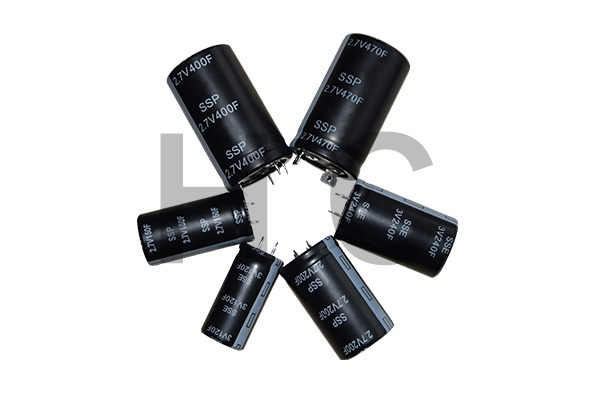Supercapacitors are energy devices with extraordinary high power and are used in a wide range of industries from electronics to automotive and aerospace. However, high cost has always been a stumbling block hindering its implementation and production of high-quality carbon electrodes.
The new method enables low-cost, rapid and environmentally friendly production of nitrogen-doped nanoporous carbon film supercapacitor electrodes. The only by-product, methane, can be used as fuel.
The life extension of supercapacitor is relatively speaking, it is a process of continuous influence, not through a short-term operation to achieve the effect of prolonging life. The control of the magazine content, the formula of the pole piece, the feeding, etc.; Second, the supercapacitor after the finished product, the use environment and the cycle depth.

These nanoscale carbon films are quite thin, with a surface area of nearly 2,000 square meters per gram, which is what makes them useful in supercapacitors. The new process is fast and inexpensive to operate, as simple as a cellulose filter, and conceptually similar to a coffee maker's disposable paper filter. Under high temperature and ammonia gas, cellulose is converted into nanoporous carbon materials for the desired supercapacitors and can be produced cheaply on a large scale.
High-power Farad capacitors of supercapacitor manufacturers use their characteristics of fast charging and discharging and long cycle life, and can replace batteries for this task. Although the initial investment cost is high, it is cheaper than frequent protection and battery replacement. Work intensity can be reduced. So far, supercapacitors have not penetrated this energy network as a hot auxiliary device.

A supercapacitor made from this material is an energy storage device that charges much faster and has more power than batteries. Supercapacitor modules are mostly used in various types of devices that require fast storage of electricity and release powerful energy. Supercapacitors can be used in computers and consumer electronics such as flashlights and digital cameras; in heavy industry, they can power anything from cranes to forklifts; and they can capture other energy that might otherwise be wasted, such as braking systems. operate. And its energy-storage capabilities can fire up defibrillators, open emergency slides in airplanes, and greatly improve the efficiency of hybrid electric vehicles. In addition, nanoporous carbon materials can also be used for adsorption of gas pollutants, environmental protection filters and water treatment.
Since the charging and discharging of the electric double layer capacitor is purely a physical process, its cycle times are high and the charging process is fast, so it is more suitable for application in electric vehicles. Electric double-layer supercapacitors are two inactive porous plates suspended in an electrolyte to which a voltage is applied. The potential applied to the positive plate attracts the negative ions in the electrolyte, and the negative plate attracts the positive ions, thus forming an electric double layer capacitor on the surface of the two electrodes.
